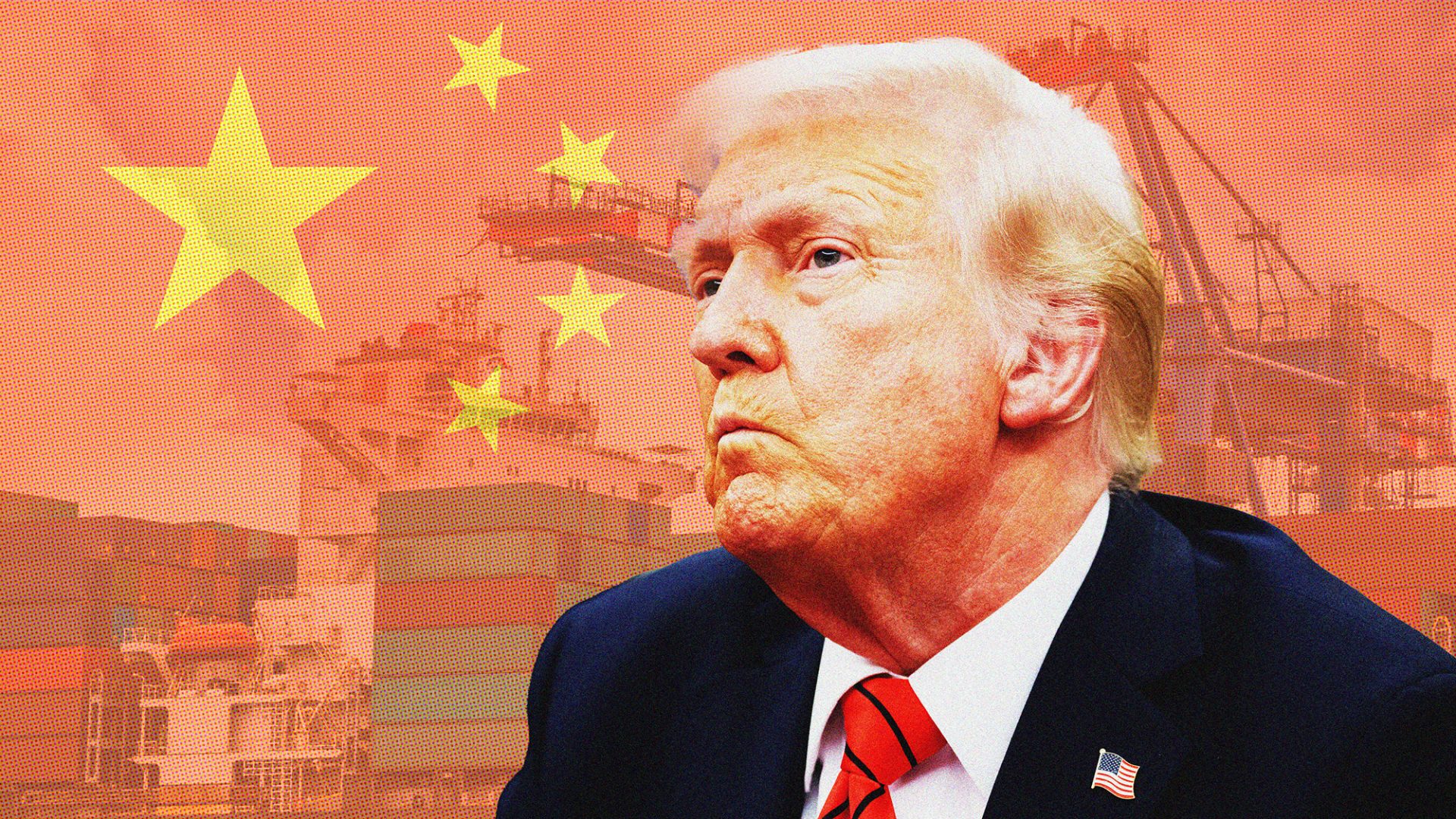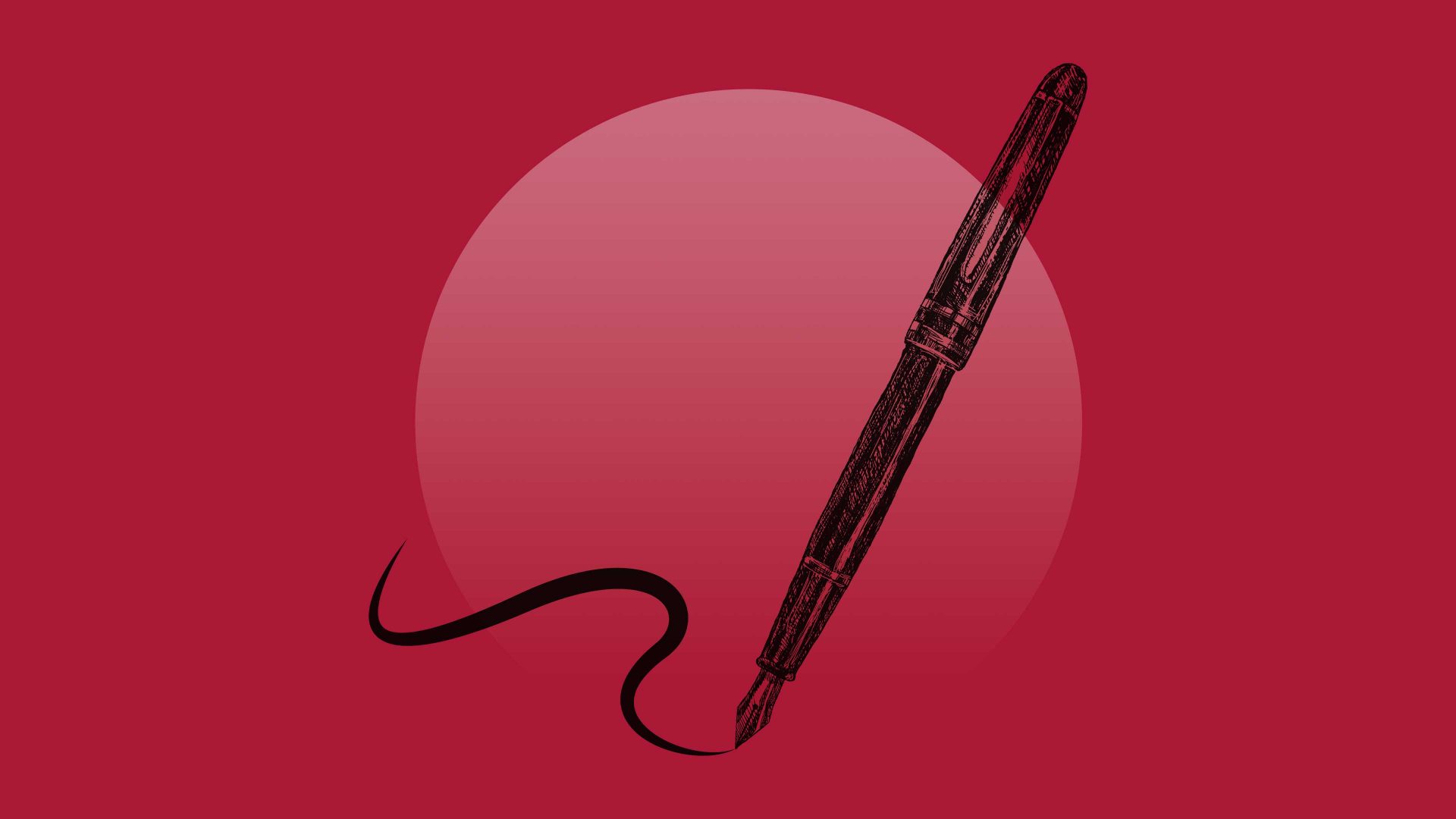Beijing’s response to Donald Trump’s opening tariff salvo last week was both calm and well prepared. “Nobody wins,” the foreign ministry spokesperson wearily repeated, “in a trade war.” China quietly burnished its image as a law-abiding and responsible global player by moving to file a complaint against the United States at the virtually paralysed World Trade Organisation.
Nobody trembled at that move, but the moment brought back memories of Xi Jinping’s only personal appearance at Davos. It was in February 2017, when it was already apparent that Donald Trump would withdraw from the Paris Agreement on climate change, offering Xi Jinping the opportunity to appear statesmanlike, stressing that China believed in honouring its commitments and supporting multilateral agreements and global rules.
It may well be true, as the Chinese foreign ministry said, that nobody wins a trade war, but in the short term at least, China has once again scored an easy reputational victory.
It was hardly a secret that Donald Trump planned to impose tariffs and China had ample time to prepare. Trump added a further 10% to the existing 25% tariffs on Chinese goods, bringing the total to 35%. He also lifted the de minimis tax exemption on low cost imports that allowed Chinese suppliers like Shein and Temu to mail cheap clothing directly to customers in the US.
That measure precipitated an announcement from the US Post Office that it was suspending deliveries from China entirely, a ban that lasted a bare 24 hours. Trump’s de minimis tax move lasted a whole two days before it was reversed.
In the meantime, Beijing had announced that it was adding the parent company of Calvin Klein to the “entity list” on national security grounds, an unsubtle punishment for the company having previously joined a boycott of Xinjiang cotton. The company remains on the entity list so, now that Shein and Temu are back in the mail order business, the score in the fashion round stands at China 1: US 0.
Beijing also announced an investigation into Google for monopoly practices, despite the fact that Google has not operated in China since 2010.
The more substantive moves that China unveiled were tariffs on agricultural machinery, large trucks, oil, coal and liquid natural gas. China can easily source energy elsewhere – Russia remains an eager supplier – so that looks like a net loss for US manufacturers and producers, especially in the midwest, where Trump would like to keep the voters onside. This could be a double hit for states involved in agriculture, since they also supply grain to USAID’s global food programmes that Musk and Trump have shut down.
Finally, and more significantly, China put restrictions on the export of some key strategic minerals that are important to the US technology sector. Among them are lithium and gallium which are important in battery supply chains, antimony, a key fire retardant which is also used in solar power equipment and munitions, and a group of 17 metals, including germanium, used to make, among other things the magnets that turn power into motion in electric vehicles, wind turbines and electronics.
The problem for the US is that China has a virtual monopoly on the processing of these minerals and it could take years both to source and to develop the processing capacity on a scale that would meet American demand for materials that are essential for US industry and its defence industry in particular.
The measures that China announced were slightly delayed, coming into effect on February 10, leaving time to talk, had there been inclination on both sides. No conversation ensued before the deadline, but clearly China is not without weapons if a full blown trade war does develop.
Who comes off best in such a trade war depends on the capacity of one side to inflict pain on the other, and the willingness of each to bear the pain inflicted. On the US side, the hasty row back of the de minimis measure spoke to the anxieties both of direct mail order customers and also tens of thousands of small businesses across the US that make a living by selling cheap Chinese goods. For them, any hike in prices is bad news, especially coming on top of recent inflation. There is little reason to believe that Donald Trump cares about other people’s pain – his visit to hurricane-devastated Puerto Rico in 2017 was evidence, if it were needed, of an empathy deficit the size of Greenland.
But pain that translates into blame and political unpopularity might be a different matter, however fast his disinformation windmills spin to promote his version of events.
China has quietly been building resilience in anticipation of deepening tensions with the US. It is the biggest trade partner of 129 countries around the world and its exports hit $1 trillion last year. A glance at the record under the Communist Party might suggest that China has a considerable capacity to absorb pain, but even in China, times change.
Today, the government would rather be popular than not, and its popularity is already being tested by a flagging economy. More than a decade of efforts to shift the economic drivers away from exports and towards domestic consumption have not prospered. To be able to deliver rising incomes, China needs to export.
If they are not precisely evenly balanced, both the US and China are capable of giving and receiving hurt. Peering into the fog of Trump’s intentions to try to guess how this might develop is a challenge. But Trump’s record, and the strategic confrontation between China and the US suggests that giving America a permanent trade advantage over everyone else is not the only ambition. While he might see such an outcome as desirable, the tariff contest between the US and China is driven by what has become a deep-rooted geopolitical rivalry.
Back in what is now the distant era of the nineties and noughties, what mattered most to US businesses was the so-called China price, shorthand for how low the cost of manufacture could be in China as compared to the US. Once China joined the WTO in 2001, the relocation of US manufacturing to China accelerated. US factories were closed and an estimated 2m US manufacturing jobs were lost in the years that followed. While US multinationals made short term profits, the longer term effects were that, over time, China would acquire the skills and knowhow to manufacture not just t-shirts and cheap cigarette lighters, but progressively more advanced technologies.
Washington became concerned once the US woke up to the fear that China had become a serious economic and strategic competitor with ambitions to rewrite the global rules in its favour, and the realisation that it would not remain a pliant friend of the US for ever. By the time Trump reached the presidency in 2016, the China threat was high on the US agenda.
In March 2018, Trump ordered tariffs of $50bn on Chinese goods, which he justified on the grounds that China was guilty of wholesale theft of US intellectual property. At first the measures were relatively targeted and hit solar panels and domestic white goods, but they were eventually extended to include steel and aluminium. By the end of his presidency, Trump had ordered tariffs worth roughly $200bn, affecting nearly half of China’s exports to the US.
When Biden got to the White House, the average tariff on Chinese goods was 21%. Not only did Biden not remove Trump’s tariffs, but he extended them further to include electric vehicles, silicon chips and lithium batteries.
The tariffs are only half of the trade measures story. China certainly does run a huge trade surplus and a plausible case can be made on intellectual property theft, government subsidy and dumping. And as China moves up the value chain, the threat it poses to other industrialised economies has grown, as Germany, belatedly, has realised.
For the US, perception of the China threat goes beyond the economic impact to challenge what in Beijing would be described as US hegemony. Washinton’s strategic ambition, therefore, is to slow down China’s technological advance as much as possible, by any means available, in order to delay the moment in which China might become a dominant power, or at least a power with the capacity to threaten US dominance.
To this end, the US has restricted the export of advanced semiconductors to China, put pressure on allies to refuse advanced technology exports to China and, where possible, it has persuaded them not to install Huawei 5G telecoms equipment.
But the punitive trade measures the US has imposed in recent years have largely rebounded: as the unveiling of DeepSeek illustrated, they stimulated China’s ambitions for self-reliance and innovation, and created a vigorous drive to circumvent US restrictions. China’s plan to become a major global player and rule maker has gained momentum, despite Washington’s increasingly hostile trade policies. Now the US appears to be proposing to tear up the rules that it itself set in place.
If the US ambition to slow China’s advance is having mixed success, what might be the outcome of the new tariffs? The Chinese economy is not thriving: it is still dragged down by a slow motion property crash that has left local governments with unpayable debts, and wiped millions of dollars from middle class savings. China certainly needs to export and the US is not the only market that has erected barriers: the EU has also set tariffs on Chinese electric vehicles out of concern that Chinese subsidies threaten European manufacturers.
In 2024 China’s trade surplus soared to $660bn, but as its domestic economy continues to slow, the pressure to cut prices and to export continues to grow. This is worrying for middle sized economies like Egypt, Brazil and India that also fear that their own industries could be wiped out.
Further tariff moves from the US may be unwelcome, but China has already absorbed the shock of the trade war of Trump 1.0, and much of the pain has already been priced in. What matters just as much to Xi Jinping now is maintaining his domestic image, exemplified by his promise to restore China to its rightful place in the world: to make China great again. He cannot be seen as giving in to a bullying US president.
Xi seems to be pausing on the sidelines as Trump trashes US prestige and standing in the world far more effectively than China could. China has worked hard over the past two decades to build an image in the developing world of a sympathetic and responsible partner. When its US markets threatened to shut down, China looked elsewhere. Chinese tourists now seek other destinations. China is growing its business presence in Dubai and Saudi Arabia.
China’s commerce ministry has complained that Trump’s recent tariff moves “seriously violate” international trade rules and urged the US to “engage in frank dialogue and strengthen cooperation.” China has stopped short of full scale retaliation, but it has given the US a glimpse of its armoury. So far we have seen only the initial skirmishes: it is still possible that both sides could pause. In the first Trump administration, the chapter closed with a negotiated trade agreement under which China promised to buy more American goods, though fulfillment never quite measured up to the promise. In the short term, however, this contest is likely to bring slower growth and higher prices all round.
But there is also room this time round for an even grander replay of Trump 1.0, the possibility that, as the Trump administration accelerates its bid for unchecked power at home, the idea of a new grand bargain with China might become more attractive. If that happens, the tariff wars will be remembered as early moves in pursuit of something quite different.




